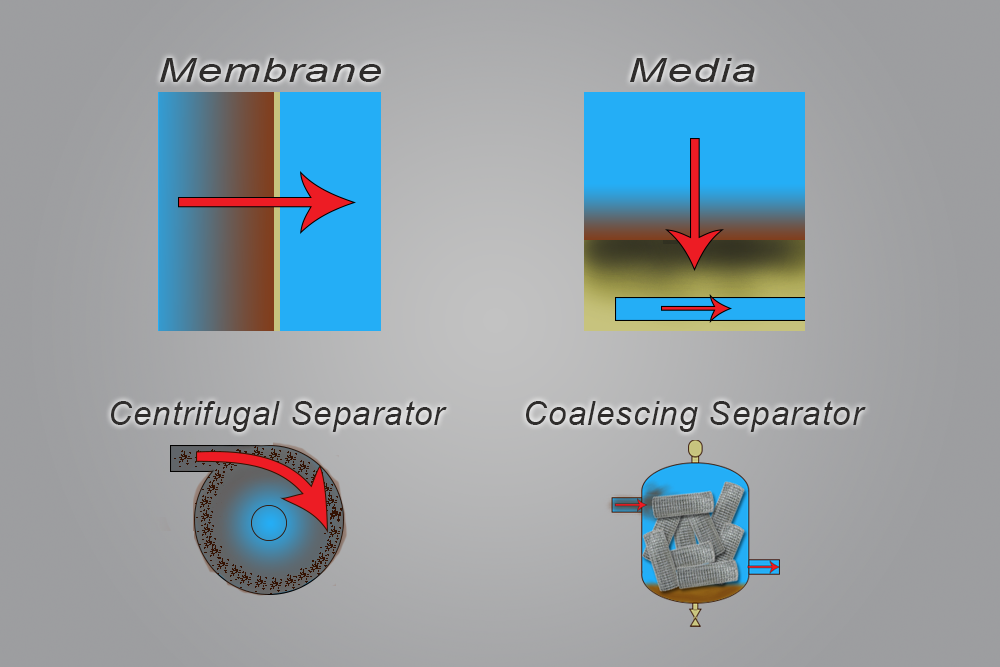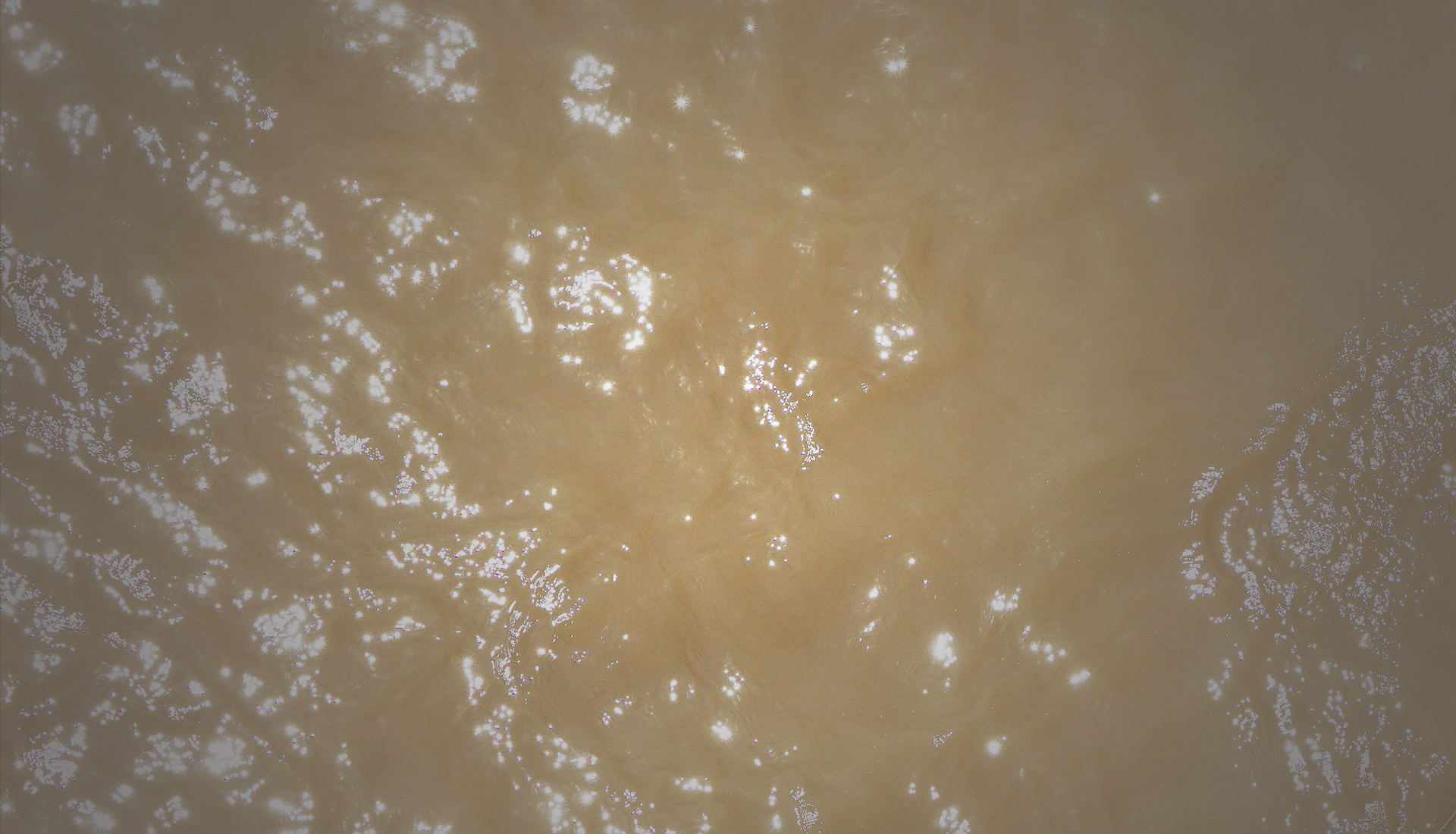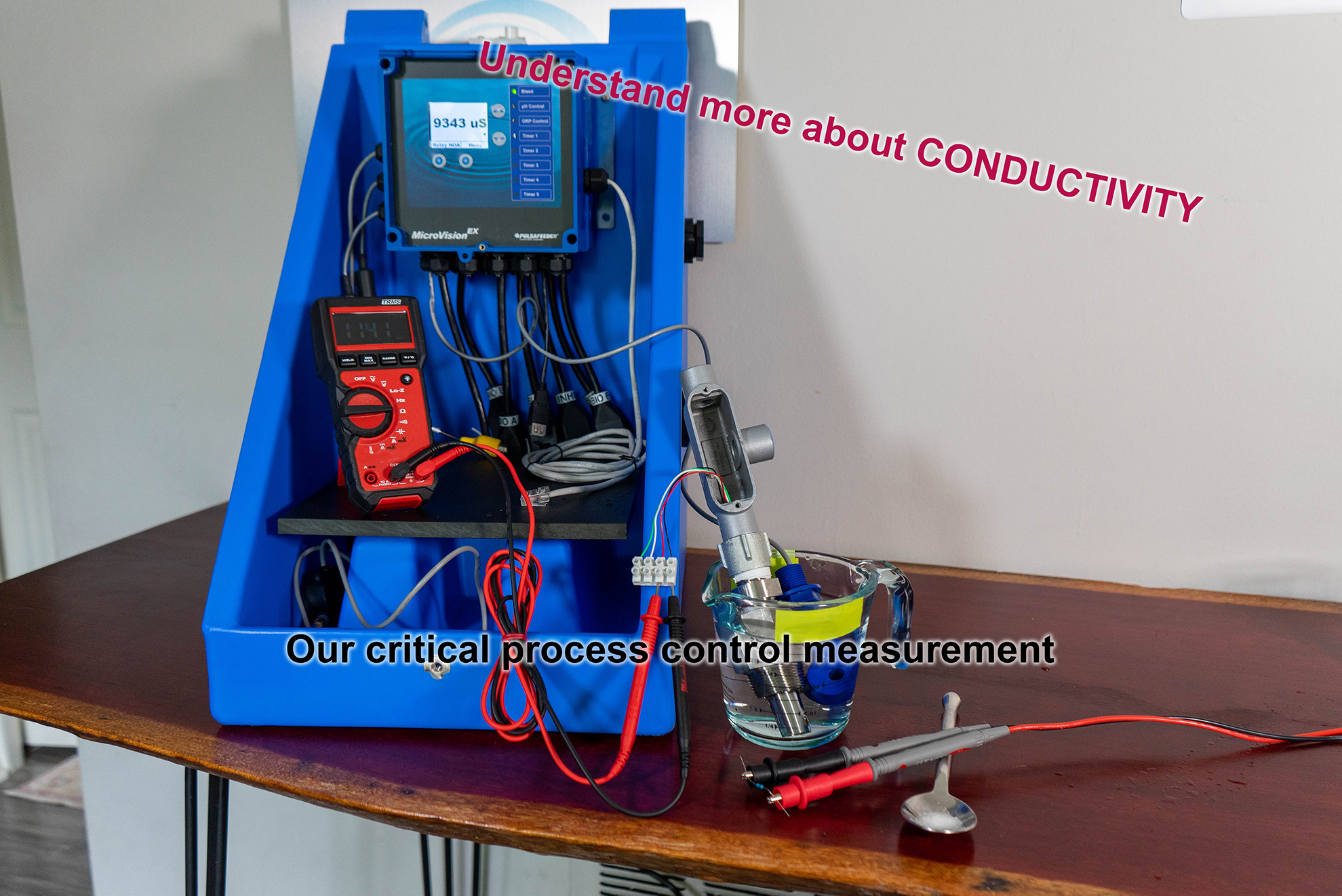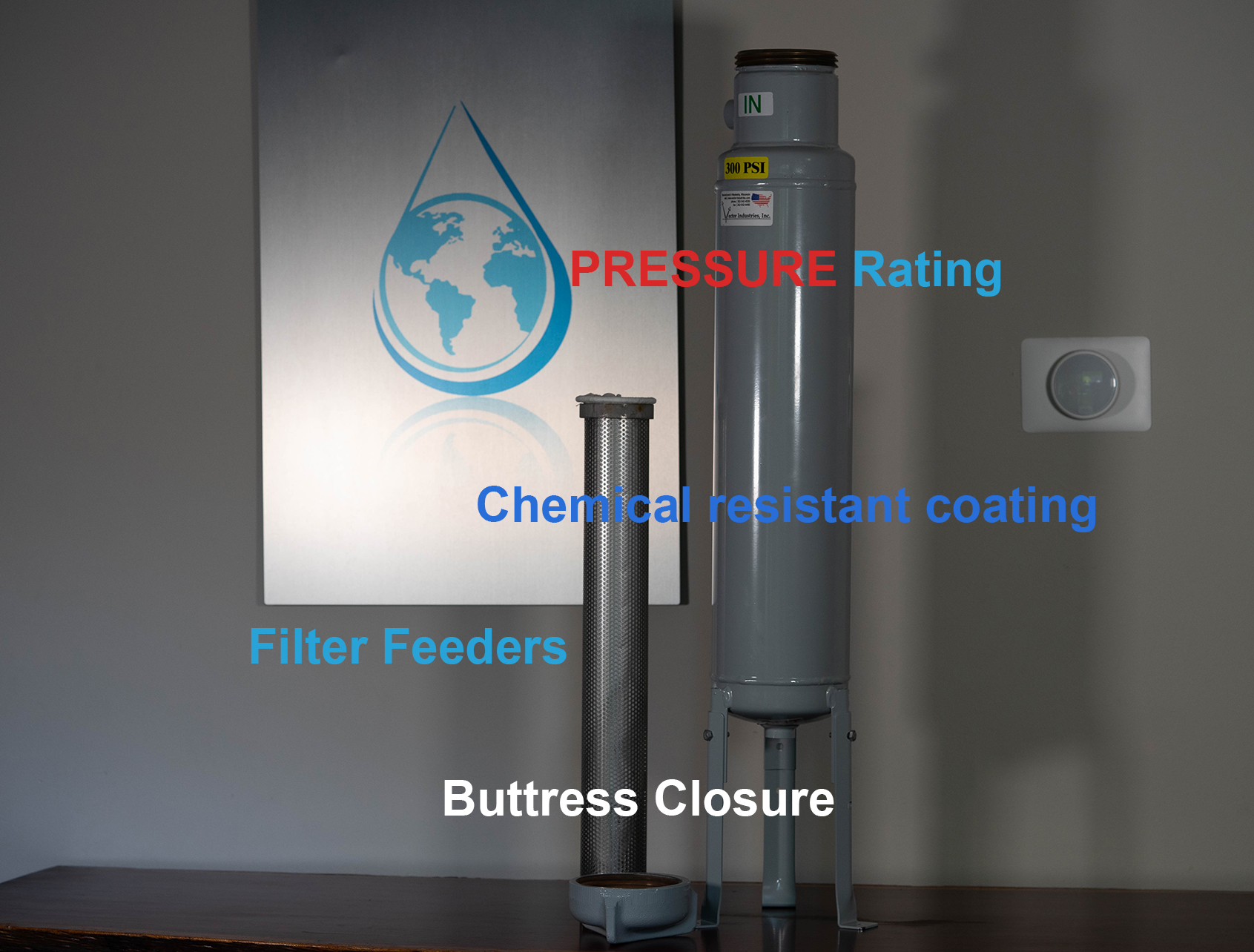The fourth and final pillar of open-loop cooling water treatment is…often overlooked. Before we dive into pillar number four, let’s do a quick recap. Pillar 1, Scale Control, is managing system efficiency by regulating total dissolved solids to prevent mineral precipitation. Pillar 2, Corrosion Control, is prolonging fixed asset equipment life. Pillar 3, Microbial Growth Control, is routine process water disinfection to mainly prevent biofilm formation and legionnaires. Pillar 4 is the work smarter, not harder pillar, Sediment Regulation.
Cooling towers are excellent dirt traps. They pull air, with all of its contaminants, into misted process water. Water’s cohesive properties are excellent at grabbing these airborne particles and putting them into a cooling tower basin, piping, and anywhere else you do not want debris. Debris can vary from: dust, pollen, insects, leaves, twigs, plastic bags, car emissions, and so much more. How can we prevent all of these unwanted pollutants from getting into our cooling towers, which we are trying to keep nice and clean? This is often out of our hands: cooling tower placement can be a hugely influential here; however, we are often given a cooling tower beneath a huge cherry blossom tree with a construction site next door. This is an extreme example to illustrate that undesired objects enter our delicately managed process water, and throws off the balance of the other pillars.
| Object | Size (micron) |
|---|---|
| Hair Width | 5-200 |
| Pollen | 10 |
| Mold | 10-30 |
| Atmospheric Dust | 0.001-40 |
| Iron Dust | 4 |
| Calcium Carbonate | 0.1-1000 |
| Bacteria | 0.3-60 |
| Viruses | 0.005-0.3 |
Now that we have accepted that Murphy’s Law always applies to our cooling water’s health, we can begin to implement some corrective measures. Firstly, routine tower cleanings should be part of your treatment regiment, to maintain system cleanliness. Whether you perform the cleanings internally or if this is a contracted service, know the importance. How often should we be cleaning? Routine system inspections should help you decide. A minimum frequency of one cleaning per year is a rule of thumb and as frequently as necessary. Additionally, there could be a legally mandated cleaning interval for tower cleanings. Unfortunately, these cleans are costly and often impractical. This is where installing active filtration is important at reducing cost and improving the effectiveness of some of the other pillars.
Filtration Options
Membrane Filtration
This category of filtration is perhaps the broadest, it refers to any sheet-like permeable plane used to remove particulate from our cooling tower process in this context. Lumped into this category would be: bag filters, cartridge filters, screen filters, and more. Technically, you could group Reverse osmosis membranes in this category, however, this technology is not a cost effective solution to implement in cooling tower side stream filtration. This filtration technology can get down to submicron levels, but, generally, 10 microns is a typical filtration size in cooling towers. Some of the advantages of “membrane style” filtration are: reduced footprint, lower initial investment, and effective filtration with a visual indication of results. Additionally, this category is a great solution for closed loop filtration. Membrane technologies do have a pressure drop which correlates to micron size, flow rate, and the filters remaining life. They can clog, require maintenance, and eventually will need to be replaced. Overall, membrane filtration is one of the most common solutions for side stream filtration on cooling water systems.
Media filtration
Media filtration involves pushing process water through a bed of loose particulate to trap suspended particulate. A vessel with media, typically a type of sand, has process water flowed through the bed in a particular geometry to optimize throughput, filtration, and to prevent channeling. Eventually, the media will have to undergo a backflush to fluff the bed and remove the trapped particles. These systems can have very fine filtration capabilities up to 0.5 micron. The backflush function reduces maintenance and eliminates the possibility of clogs within reason. On the other hand, sand filters are a much higher initial investment, take up substantially more space, and, due to the backwash, will consume more water.

Separators
The final type of filtration touched on in this article are separators. Centrifugal separators function by rotating process water in a chamber. The rotational inertia causes particulate to gravitate to the outside of the vortex leaving cleaner water in the center. The heavier particles settle in the bottom of the filter chamber to be purged. This is similar to how a washing machine’s spin cycle extracts water from clothes. Another notable technology, which is also a type of separator, is a coalescing filter. The filter consists of copious amounts of surface area – typically in the form of rolled metal mesh, an air vent at the top and a purge valve at the bottom. Coalescing filters leverage the property of cohesion to cause air and dirt particles to stick on the web of metal mesh and grow from molecular adhesion. Once the particle is large enough, it will break away and buoyancy will take over. Air rises out of the top vent and debris settles by the purge valve. A benefit to separators is that they have no wearable parts and are low maintenance. These systems can vary in price and there is a limit to the particle size filtration.
Conclusion
The point of emphasis of this pillar is that filtration is under-utilized. There are many different options at many different price points which have drastically different performance. Some studies show the benefit of micron level filtration at maximizing chiller efficiency. On the other side, silt sitting in the corner of a low flow cell in your cooling tower is a nirvana for corrosion and bacteria. Find the balance which works for you! If the account cannot afford some kind of dedicated filtration solution, every other visit could involve vacuuming the basin with a pool vacuum with a siphon on the hose. Be creative! This is the final chapter of the pillars of cooling tower control- a broad and generalized, yet encompassing view, at open loop cooling tower considerations. Stay tuned for a feature piece on Controller Management.



